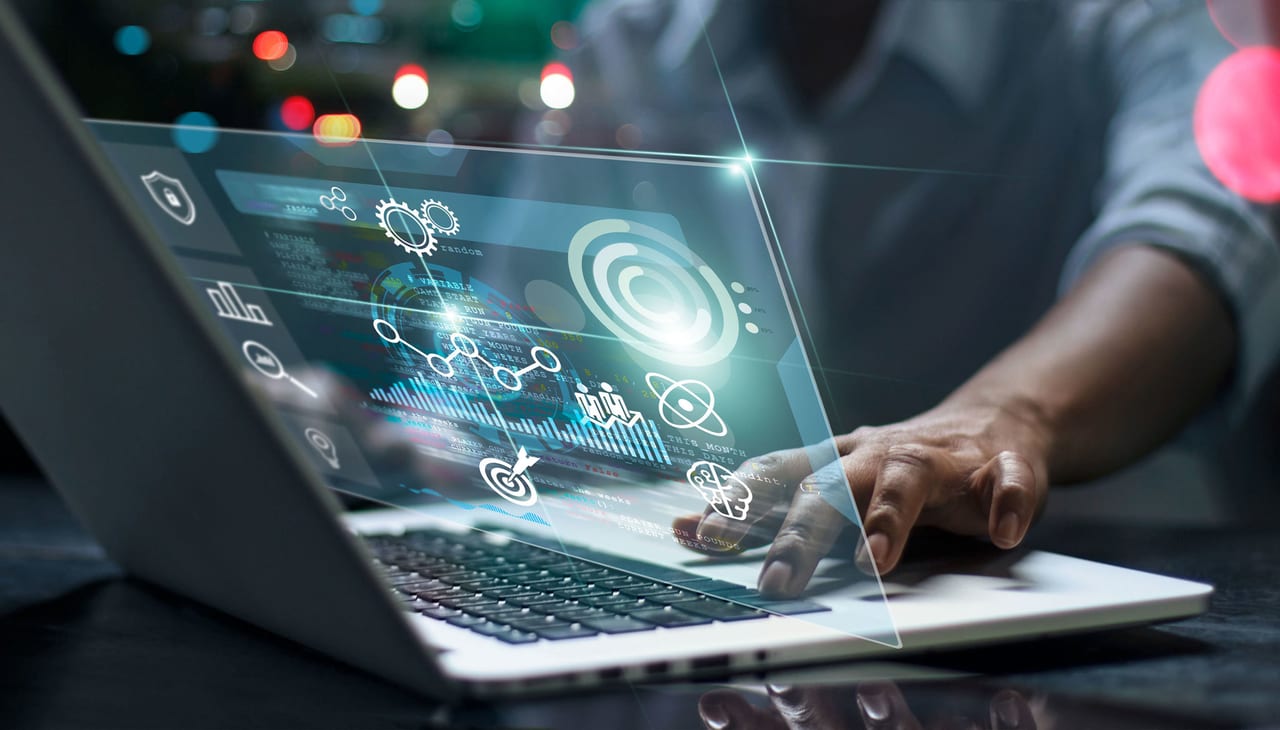
GUEST EDITORIAL
BY Rob Webster
MANAGING YOUR BUSINESS
Convenience and efficiency drive top plumbing technology trends
Technology trends contactors can expect in 2022.

The ongoing transformation of the plumbing industry has been driven in part by the evolving expectations and priorities of homeowners and consumers. The COVID-19 pandemic reinforced existing concerns about hygiene and public health, pushing the demand for hands-free technology and automated features that reduce contact with germs and bacteria. Smart features and sensor technology help users conserve water and energy while enjoying unprecedented comfort and convenience.
On top of it all, technology is changing the way plumbers operate. From high-tech cameras and pipe-repair solutions to field management and office software, commercial and residential plumbing services are in the midst of a major reconfiguration that presents both challenges and opportunities.
New technology, whether it’s an energy-efficient tankless water heater or new scheduling software, can be intimidating. It takes time to fully incorporate new products for customers and employees, but it’s also an investment in the future. Contractors who are able to harness new technology to meet customer demand and streamline their processes can find themselves in position to work more efficiently, establish themselves as the leader in their market and effectively grow their business.
Whether it’s a small one-truck operation or enterprise-level business, the right software solution will help you improve productivity and customer experience, increase revenue, and win and complete more jobs.
Here are some of the technology trends contractors and their teams can expect to continue leading the discussion in 2022:
- Tankless water heaters: Energy-efficient and space-saving tankless heaters provide an endless supply of hot water. They offer long-term savings, too, since they use less energy than traditional tank-style water heaters and, with proper maintenance, typically last longer than tank heaters;
- Touchless fixtures: Touch-free bath fixtures like faucets, toilets and dispensers are familiar in many commercial settings. It’s only in recent years that homeowners have embraced the convenience and efficiency of touchless technology, but demand is increasing rapidly. Sensor-enabled hands-free activation helps customers save money and maintain the overall hygiene of the home environment;
- Greywater recycling: Most of the water that moves through our plumbing systems could be used again. In fact, greywater — the wastewater produced by such household functions as laundry, dishwashing and bathing — accounts for up to 75% of household wastewater. Plumbing systems that filter and recycle greywater help conserve a valuable resource, and can also help homeowners save money over time. In areas affected by drought and other water shortage issues, greywater recycling systems can deliver major value to customers;
- Smart toilets: Smart technology’s presence in home bathrooms is growing, with tech-enabled feature-rich toilets leading the way. Sensor technology has fueled increasingly common functions like automatic flush, overflow protection and LED lighting, and demand is pushing a drive for personalized connected settings to control odor, temperature and water pressure;
- Leak detection technology: Leaks and the damage they can deliver pose one of the biggest threats to both commercial and residential buildings. Wasted water and property damage can be major expenses for homeowners and business owners. Inconvenience, the loss of personal or sentimental items and increased insurance rates can be long-term headaches resulting from a leak. AI and machine learning are driving increasingly advanced solutions that can monitor water use patterns, provide real-time analysis and even automatically shut off the water supply; and
- Software: In order to maximize operational efficiency and leverage technology into increased sales and revenue, commercial and residential plumbing service providers should look for a flexible, adaptable software solution that works for both their office team and technicians. The leading software options are designed specifically for plumbers and deliver an integrated, all-in-one solution that helps them maintain efficiency and keep their business organized. Whether it’s a small one-truck operation or enterprise-level business, the right software solution will help you improve productivity and customer experience, increase revenue, and win and complete more jobs.
The technology developments that have driven so much recent change in the plumbing industry aren’t slowing down. In fact, demand for tech-based plumbing improvements is likely only going to increase over the next several years, which in turn, will drive even more emerging technology. During this time of disruption and change, plumbers who can continually adapt by incorporating new products and services while empowering their teams with updated tools and solutions will lead the pack.

ipopba/iStock / Getty Images Plus via Getty Images
Rob Webster is senior vice president, ServMan Division at WorkWave, where he is responsible for leading and growing the ServMan team, software and solutions. Webster co-founded CubeSix in 2000, where he developed ServMan software, which was acquired by WorkWave in 2018.
